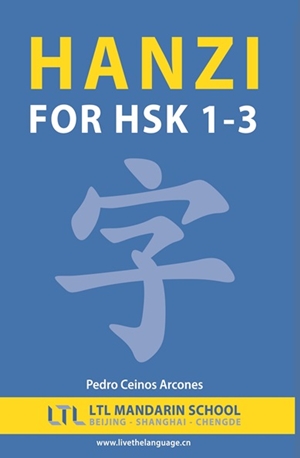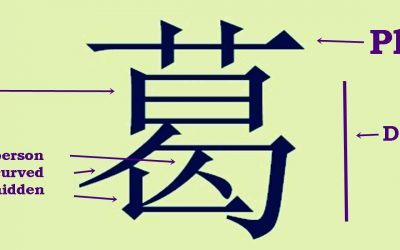Chinese character 次 second, times
- second
- times, order
- inferior
- remain
- stand.
HSK – 2
STROKES – 6
RADICAL – 冫
Elements —- two 二 + open mouth 欠. Phonetic series 次.
This is two 二 breaths (or two sneezes) with an open mouth 欠, emphasizing the second one. Second > secondary > times > order > arrange > arrange hair (of woman). It is also the modern form of an OBC that showed a military encampment > place > remain > stand.
其次 qícì – next; second.
次序 cìxù – order, sequence (order + order)
Two breaths to mean second, for the second breath. First and second give the idea of counting > order. It also give the meaning of times, once, twice….
From second we have also the idea of something of second category, then inferior. Something of inferior category remains in a place, nobody want to take it. From remain > stand (a person who remains). Stand is rarely used but important to understand other characters of this family.
More posts on Chinese characters
The character chai 拆- dismantle
The character chai 拆- dismantle One of the most frequent characters in the urban scenery of the China of the development and the transformation is chai 拆- dismantle. Any walk through the old neighborhoods of most Chinese cities continually led to being confronted...
The Peach, fruit of immortality
The Peach, fruit of immortality In my "Manual of Writing Chinese Characters" (1) I hold an opinion contrary to that of most scholars of Chinese characters, and that is that the formation of the so-called picto-phonetic characters responds not only to the composition...
Discovering the tiger and the shaman in Chinese characters.
Discovering the tiger and the shaman in Chinese characters. In Chinese skin is pifu (皮肤). In the character pi 皮, which means skin, one can still discover a hand flaying a skin. The character fu 肤, however, is a simplified character, showing us the radical of the...
Chinese character for «snake»
Chinese character for "snake” The Chinese character to represent the snake has undergone over the centuries a curious evolution that, although seen from the cultural perspective of the XXI century may seem strange, it will not be so much if we remember the symbolism...
The Kudzu vine, a necessary plant
The Kudzu vine, a necessary plant. In the last edition of my book on Chinese characters I explained the character 葛 as follows: gé - kudzu vine. A plant 艹 asked 曷 for its beneficial properties and for its use in making clothes. And in turn曷 is explained: hé - how,...
Chinese character 灸 jiǔ – moxibustion
Chinese character 灸 jiǔ – moxibustion 1. moxibustion. 2. cauterize. HSK - STROKES - 7 RADICAL - 火 Elements ---- Fire radical 火 + long time 久. Phonetic series 久. Fire 火 with lasting 久 effect on health.针灸 zhēnjiǔ acupuncture and moxibustion.More posts on Chinese...








